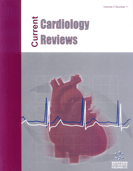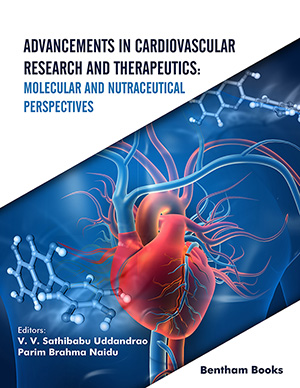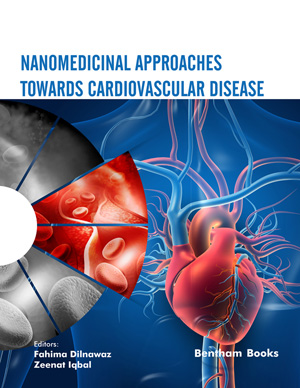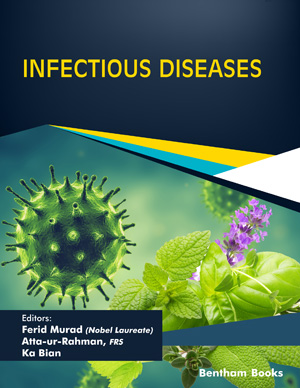Abstract
Exosomes, as one of the extracellular vesicles’ subgroups, played an important role in the cell to cell communication. The cargos and surface protein of exosomes have been known to affect the cardiovascular system both positively and negatively in chronic heart failure, ischemic heart disease, and atherosclerosis. There have been several exosomes that emerged as potential diagnostic and prognostic markers in cardiovascular patients. However, the conditions affecting the patients and the method of isolation should be considered to create a standardized normal value of the exosomes and the components. CPC-derived exosomes, ADSCs-derived exosomes, and telocyte- derived exosomes have been proven to be capable of acting as a therapeutic agent in myocardial infarction models. Exosomes have the potential to become a diagnostic marker, prognostic marker, and therapeutic agent in cardiovascular diseases.
Keywords: Diagnostic, exosomes, prognostic role, therapeutic role, endothelial cells, cardiovascular disease.
[http://dx.doi.org/10.1056/NEJMra1704286] [PMID: 30184457]
[http://dx.doi.org/10.1358/dot.2001.37.11.662242] [PMID: 12738969]
[http://dx.doi.org/10.1186/s13287-019-1297-7] [PMID: 31248454]
[http://dx.doi.org/10.3390/cells8020166] [PMID: 30781555]
[http://dx.doi.org/10.1089/dna.2016.3496] [PMID: 28112546]
[http://dx.doi.org/10.1146/annurev-physiol-021115-104929] [PMID: 26667071]
[http://dx.doi.org/10.3389/fphys.2019.01049] [PMID: 31481897]
[http://dx.doi.org/10.3390/cells9041044] [PMID: 32331346]
[http://dx.doi.org/10.1016/j.gpb.2015.02.001] [PMID: 25724326]
[http://dx.doi.org/10.1146/annurev-cellbio-101512-122326] [PMID: 25288114]
[http://dx.doi.org/10.1016/j.molimm.2017.03.011] [PMID: 28433888]
[http://dx.doi.org/10.1161/01.RES.0000043825.01705.1B] [PMID: 12456484]
[http://dx.doi.org/10.1007/s00059-019-4785-8] [PMID: 30715565]
[http://dx.doi.org/10.1016/j.omtn.2018.05.013] [PMID: 30195764]
[http://dx.doi.org/10.1016/j.yjmcc.2015.10.022]
[http://dx.doi.org/10.1128/MCB.00611-16] [PMID: 28031326]
[http://dx.doi.org/10.1093/cvr/cvu022] [PMID: 24488559]
[http://dx.doi.org/10.7150/thno.21895] [PMID: 29721064]
[http://dx.doi.org/10.1016/j.bbrc.2009.06.095] [PMID: 19555663]
[http://dx.doi.org/10.1161/CIRCRESAHA.116.308334] [PMID: 26892955]
[http://dx.doi.org/10.1016/j.ymthe.2017.03.031] [PMID: 28408180]
[http://dx.doi.org/10.1182/blood-2014-11-611046] [PMID: 25838349]
[http://dx.doi.org/10.1093/cvr/cvy231] [PMID: 30202848]
[http://dx.doi.org/10.1038/s41598-018-34879-6] [PMID: 30410044]
[http://dx.doi.org/10.2165/11594070-000000000-00000] [PMID: 21812510]
[http://dx.doi.org/10.1161/CIRCGENETICS.110.958975] [PMID: 21642241]
[http://dx.doi.org/10.1093/eurheartj/ehq013] [PMID: 20159880]
[http://dx.doi.org/10.6061/clinics/2013(01)OA12] [PMID: 23420161]
[http://dx.doi.org/10.1186/1471-213X-11-34] [PMID: 21645416]
[http://dx.doi.org/10.1186/1471-2261-13-12] [PMID: 23448306]
[http://dx.doi.org/10.1016/j.apsb.2016.02.001] [PMID: 27471669]
[http://dx.doi.org/10.1155/2018/8283648] [PMID: 29535783]
[http://dx.doi.org/10.1093/cvr/cvu167] [PMID: 25016614]
[http://dx.doi.org/10.1038/cddis.2016.181] [PMID: 27336721]
[http://dx.doi.org/10.1089/ten.tea.2016.0023] [PMID: 27676105]
[http://dx.doi.org/10.1016/j.ijcard.2016.04.061] [PMID: 27156061]
[http://dx.doi.org/10.1097/FJC.0000000000000507] [PMID: 28582278]
[http://dx.doi.org/10.1159/000485949] [PMID: 29241208]
[http://dx.doi.org/10.1016/j.omtn.2018.01.010] [PMID: 29858047]
[http://dx.doi.org/10.1111/j.1582-4934.2010.01060.x] [PMID: 20367663]
[http://dx.doi.org/10.1111/j.1582-4934.2011.01449.x] [PMID: 21895968]
[PMID: 29312490]





















